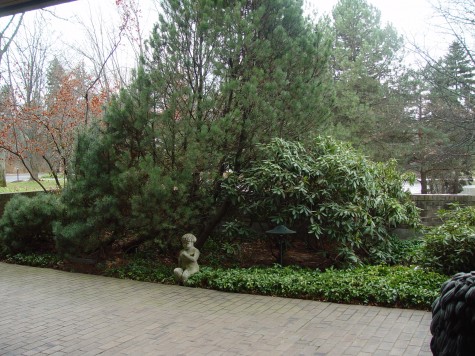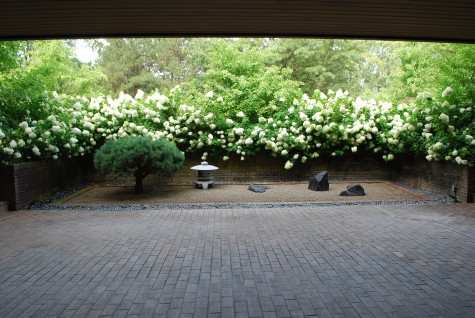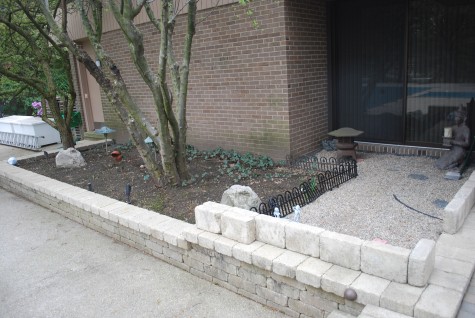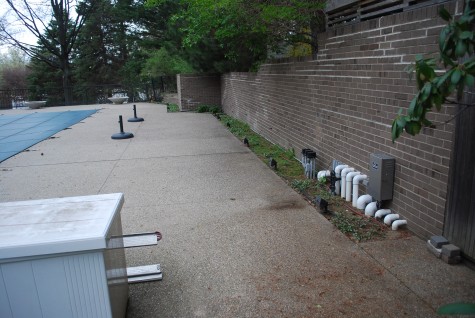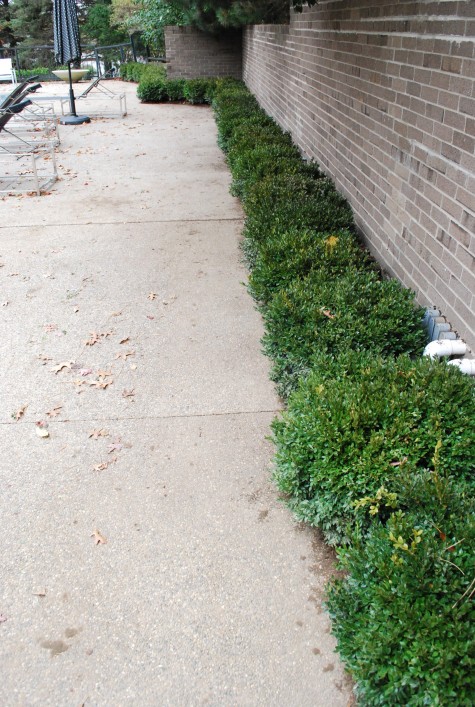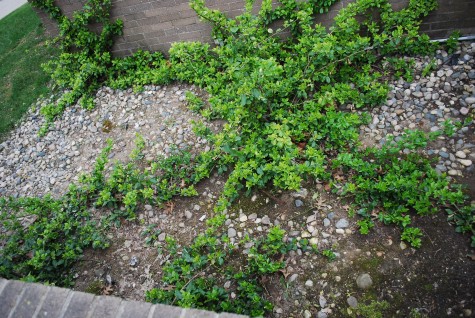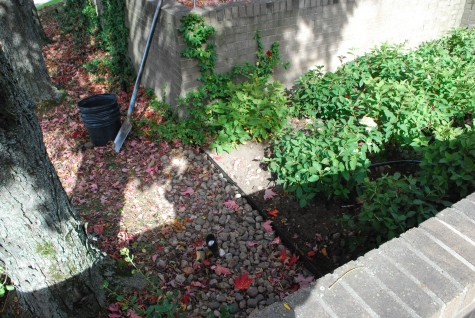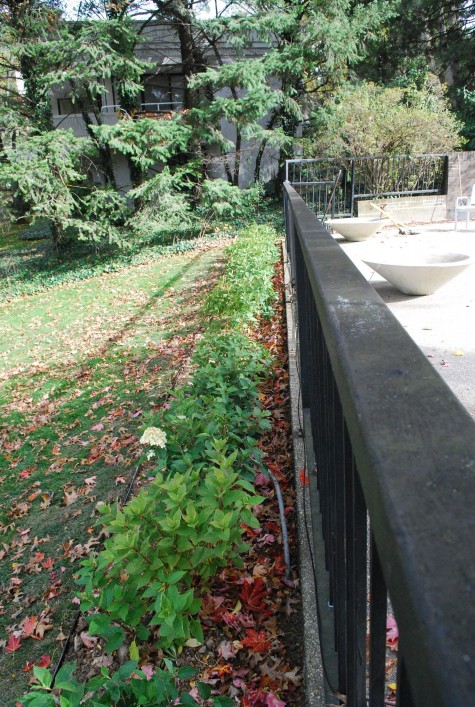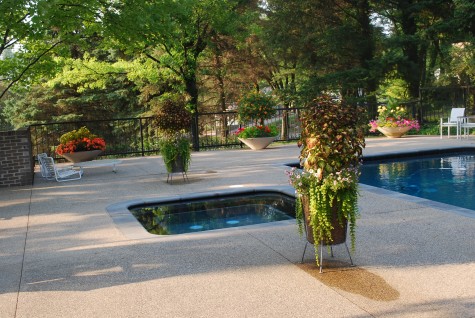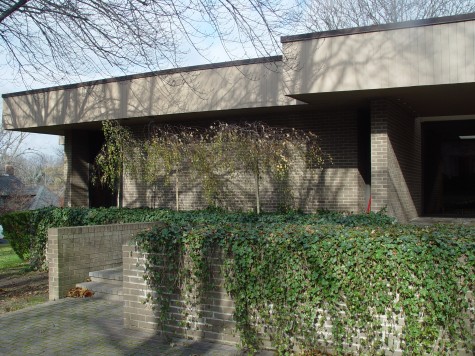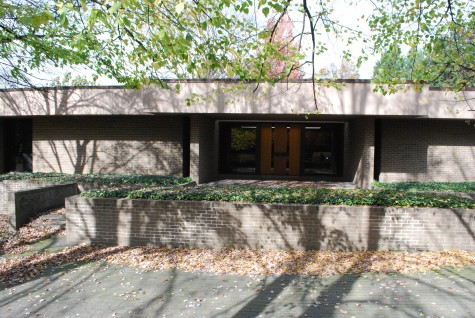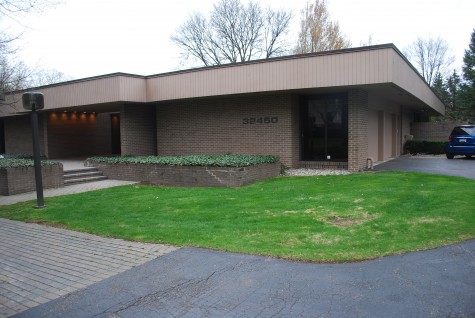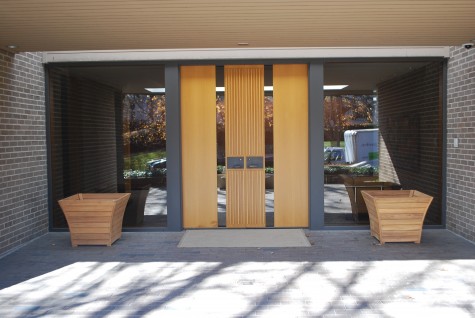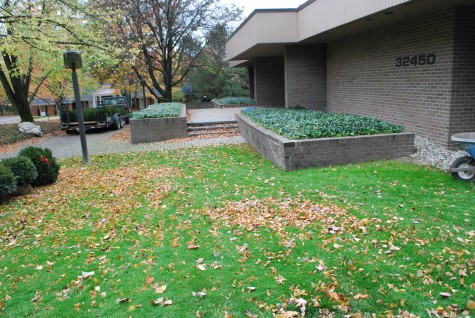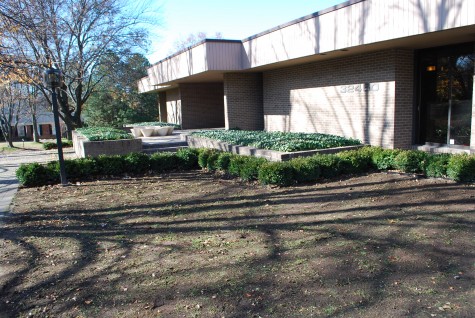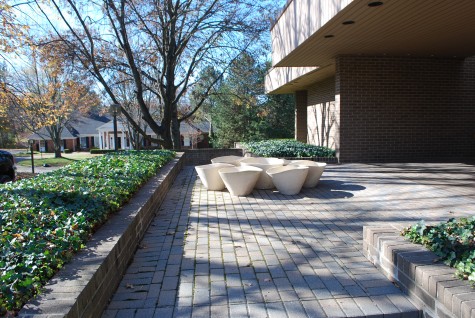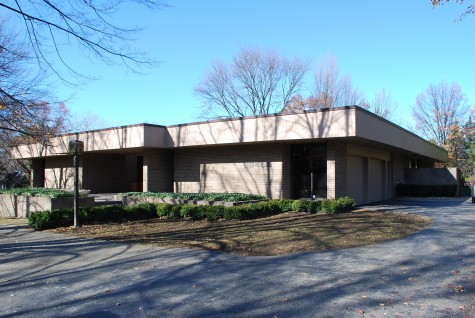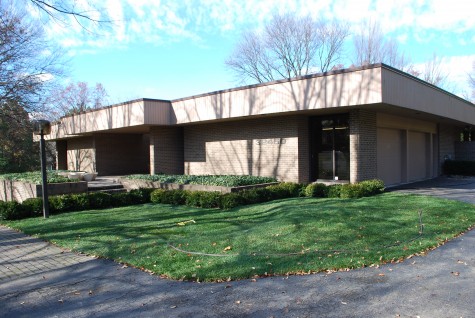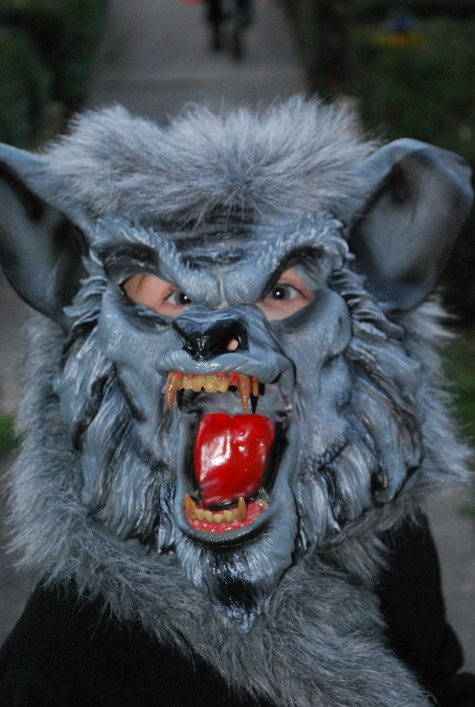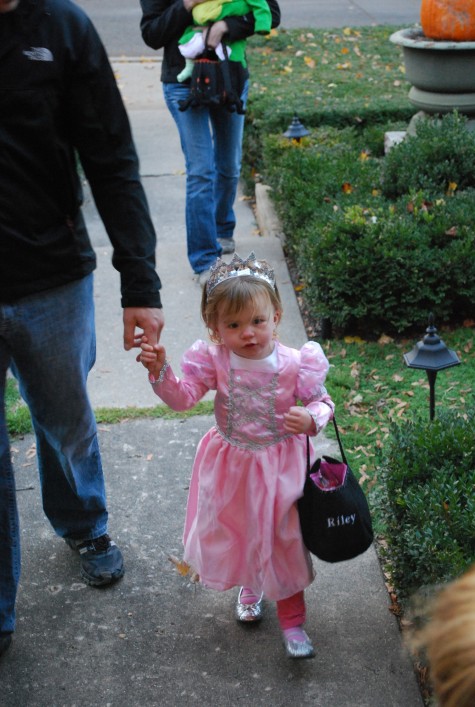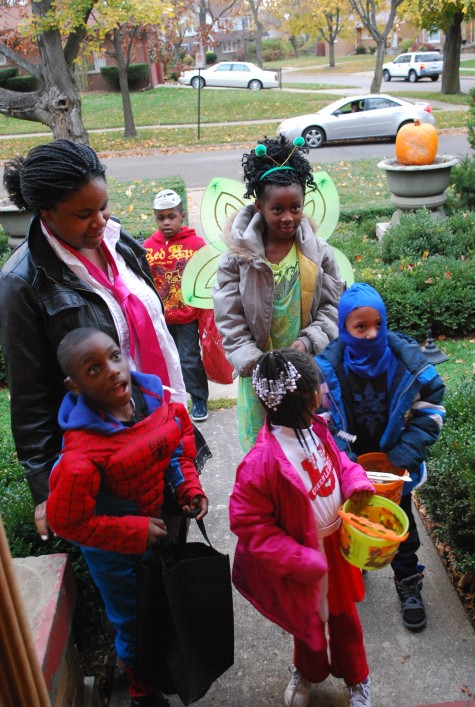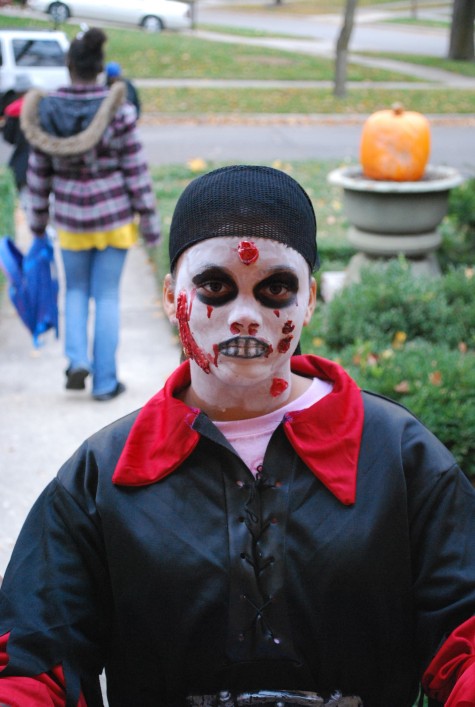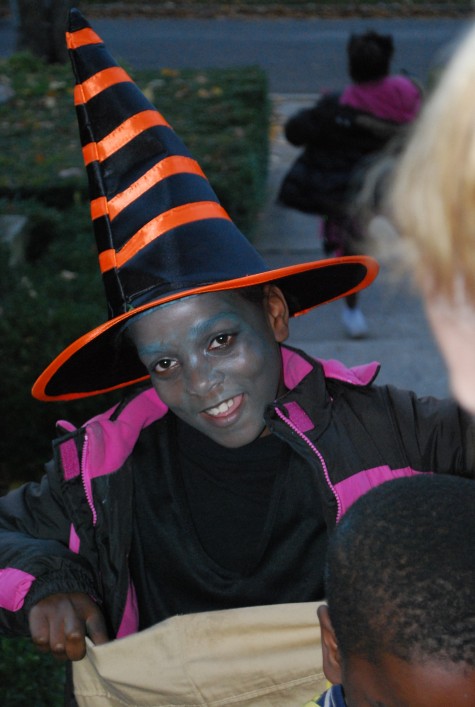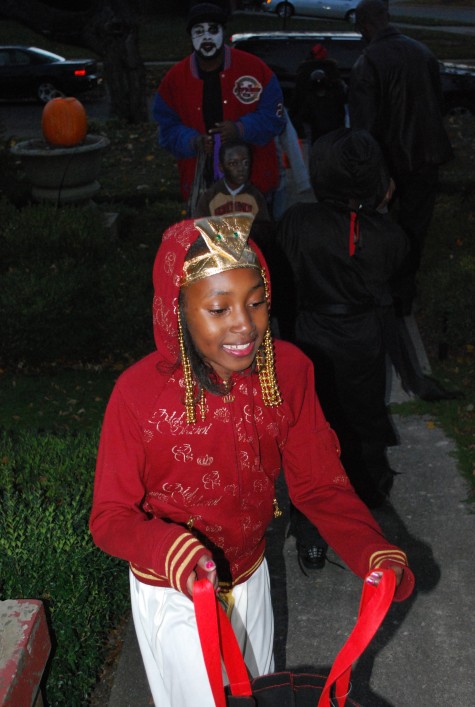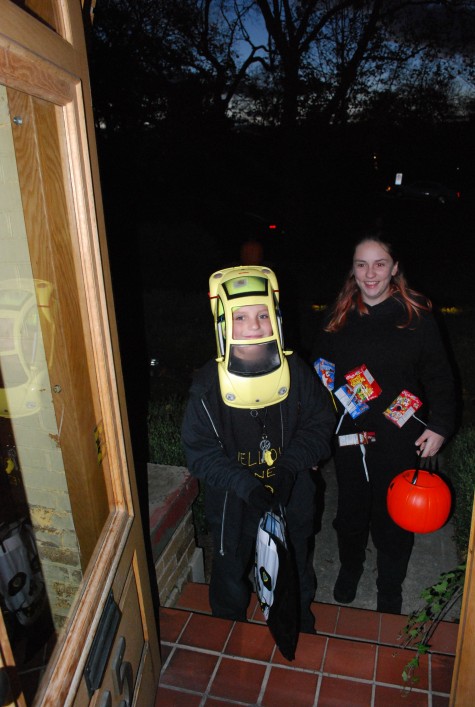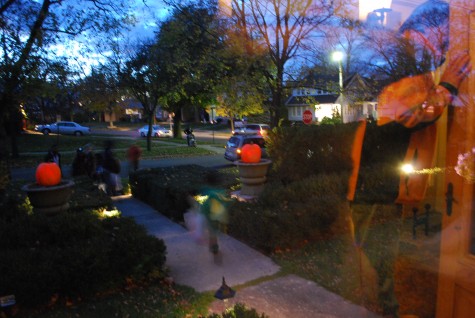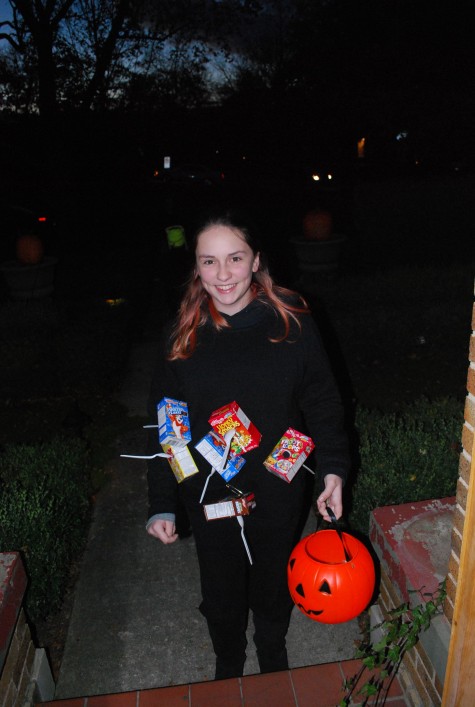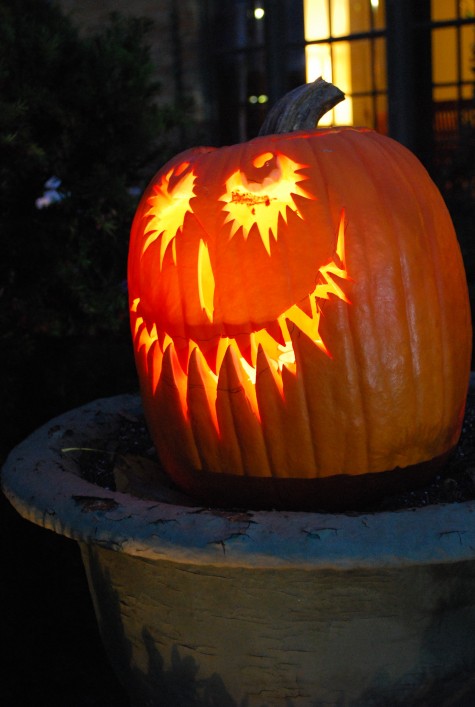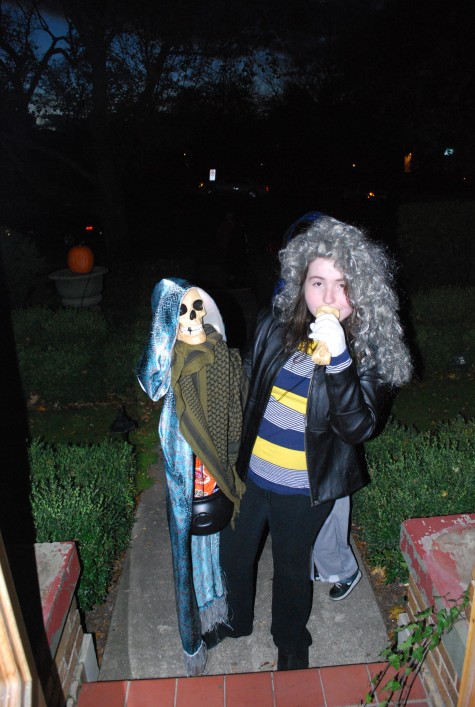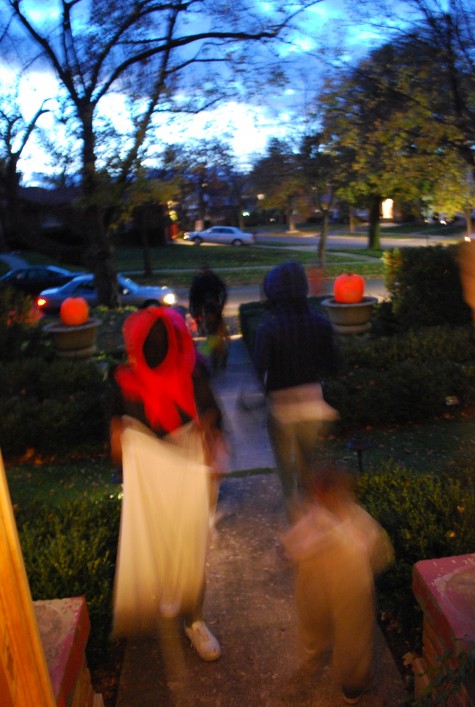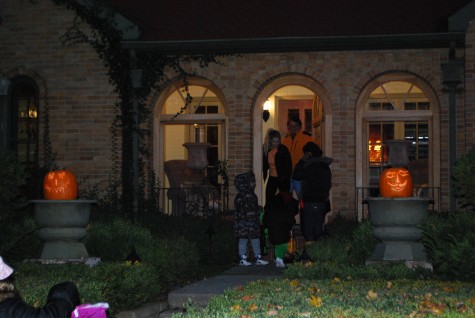 Our season is changing quickly now. 28 degrees overnight made for a fine fog this morning. We finally had that first hard frost that I dread. It is suddenly too cold to be outside-unless you are working. Buck has drained the pool. I have chopped back every perennial on the property. The roses look ridiculous without their perennial friends; they are such awkward and gangly growing things. The garden has an air of resignation about it.
Our season is changing quickly now. 28 degrees overnight made for a fine fog this morning. We finally had that first hard frost that I dread. It is suddenly too cold to be outside-unless you are working. Buck has drained the pool. I have chopped back every perennial on the property. The roses look ridiculous without their perennial friends; they are such awkward and gangly growing things. The garden has an air of resignation about it. 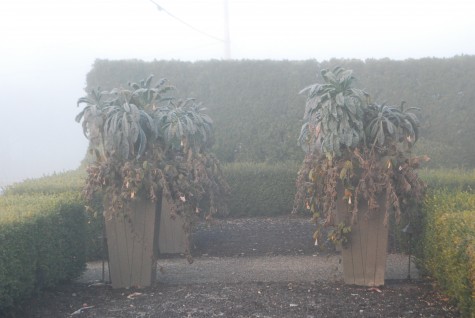 At least the tulips are planted. I am as busy planting pots with bulbs as I am redoing the shop for the holidays. Having one foot in winter and another in the spring to come is a way of coping with the winter that is surely on its way here. I have occasionally planted left over tulips in crates for the spring, but this year I planned ahead. The shop will have lots of pots of all manner of bulbs come spring. I bought tulip mixes, grape hyacinth mixes, white daffodil mixes-even trout lilies. Some pots I will layer-my first time trying that. Fortunately the garage here is of considerable size, so all the pots will have an unheated but indoor space for the winter.
At least the tulips are planted. I am as busy planting pots with bulbs as I am redoing the shop for the holidays. Having one foot in winter and another in the spring to come is a way of coping with the winter that is surely on its way here. I have occasionally planted left over tulips in crates for the spring, but this year I planned ahead. The shop will have lots of pots of all manner of bulbs come spring. I bought tulip mixes, grape hyacinth mixes, white daffodil mixes-even trout lilies. Some pots I will layer-my first time trying that. Fortunately the garage here is of considerable size, so all the pots will have an unheated but indoor space for the winter.

My Tuscan kale pots rank up there as one of my most favorite annual plantings. Mandevillea does just fine left to its own devices. Plectranthus and kale are stiff and solid growers; the swirling vines lightened that heavy look. They grew such that the pots looked small-this I liked.
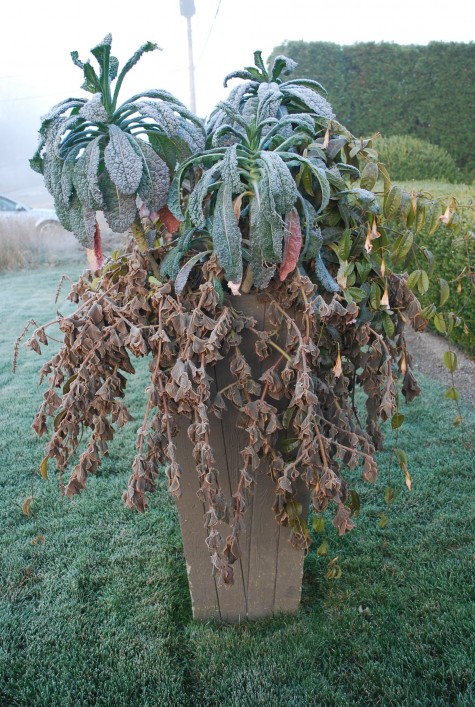 Plectranthus has no tolerance for frost whatsoever-as you can see. It is dramatically unhappy with the turn of events. Even that cold tolerant kale looks defeated. Overnight the thick stems and felted leaves have turned to mush. My once handsome pots look like a compost pile. I looked at this for a few days before emptying the pots. Buck asked me if I was hoping they would perk up-this made me laugh. Maybe I was.
Plectranthus has no tolerance for frost whatsoever-as you can see. It is dramatically unhappy with the turn of events. Even that cold tolerant kale looks defeated. Overnight the thick stems and felted leaves have turned to mush. My once handsome pots look like a compost pile. I looked at this for a few days before emptying the pots. Buck asked me if I was hoping they would perk up-this made me laugh. Maybe I was.
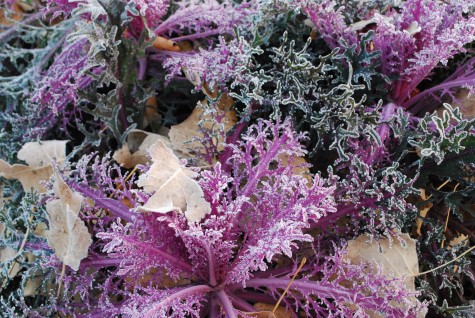 If a leaf is chilled below the dew point of the surrounding air, and that surface is colder than freezing, frost will form. Frost-scientists call this spicules of ice that grow out from that surface. Sounds bad, doesn’t it? If there is a wind, frost arrows might form. Hoarfrost refers to those white ice crystals you see deposited here on this kale. Heat loss from these leaves makes their surface colder than the surrounding air; the water in the air condenses, and freezes.
If a leaf is chilled below the dew point of the surrounding air, and that surface is colder than freezing, frost will form. Frost-scientists call this spicules of ice that grow out from that surface. Sounds bad, doesn’t it? If there is a wind, frost arrows might form. Hoarfrost refers to those white ice crystals you see deposited here on this kale. Heat loss from these leaves makes their surface colder than the surrounding air; the water in the air condenses, and freezes.
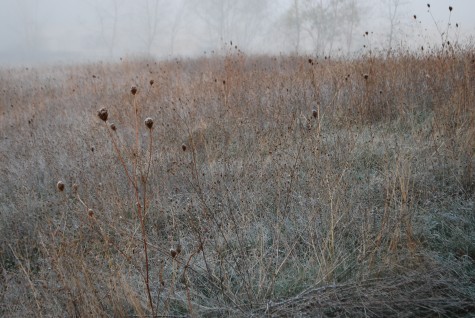 Air hoar, surface hoar, crevasse hoar, depth hoar, advection or wind frost, frost flowers, rime-of course there is plenty of scientific discourse on the subject. Plectranthus, like tomatoes, is killed by frost. Hardy perennials shed their leaves, go dormant, and survive freezing. Evergreens shrug off the freeze and stay green throughout the winter. The needle like foliage helps to conserve moisture during that time when the roots cannot take up water. The survival mechanisms of hardy plants are amazing.
Air hoar, surface hoar, crevasse hoar, depth hoar, advection or wind frost, frost flowers, rime-of course there is plenty of scientific discourse on the subject. Plectranthus, like tomatoes, is killed by frost. Hardy perennials shed their leaves, go dormant, and survive freezing. Evergreens shrug off the freeze and stay green throughout the winter. The needle like foliage helps to conserve moisture during that time when the roots cannot take up water. The survival mechanisms of hardy plants are amazing.
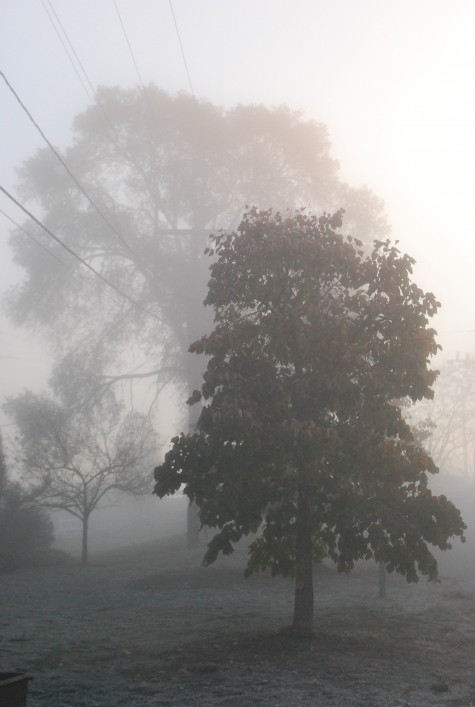 Trees can be damaged over the winter from frost. Very cold air temperatures on a very sunny day can result in frost crack to the bark. When the grapes on the pergola here at the shop were young, we wrapped the bark in white tree wrap. This helped to reflect the heat of the sun on a cold January day. Now that they are better than 10 years old, the vines seem to withstand our winter weather without injury.
Trees can be damaged over the winter from frost. Very cold air temperatures on a very sunny day can result in frost crack to the bark. When the grapes on the pergola here at the shop were young, we wrapped the bark in white tree wrap. This helped to reflect the heat of the sun on a cold January day. Now that they are better than 10 years old, the vines seem to withstand our winter weather without injury.
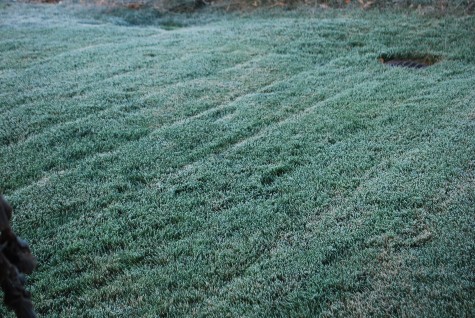
The walk across the lawn this morning-crunch, crunch.
